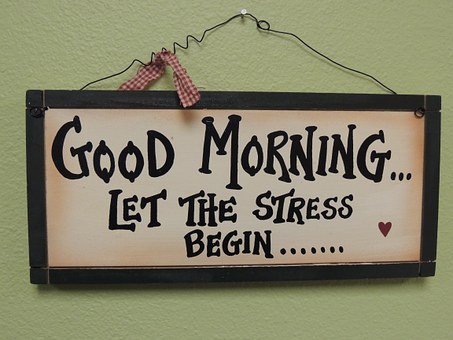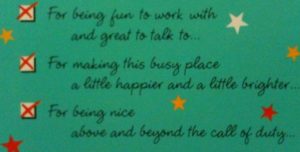I was recently reminded of a practical and low-cost way to help keep employees engaged in this stressful time. Surprisingly, I found it in an article written last year before the unthinkable happened.
- It’s easy and something everyone can do — bosses, business owners, co-workers, colleagues, partners; i.e., anyone you work with.
- It can be used with any employees, regardless of whether they work remotely, at a company locale, or combination of the two.
- And it’s applicable anytime it’s appropriate, not just during this pandemic.
Here it is:
“Tell someone how grateful you are that they took something annoying off of your plate, stepped up when you needed them, or just made work a little better.
Whatever it is, be as specific as possible. It might feel small, but this tiny nudge towards gratitude is incredibly powerful. It will ripple throughout your organization. And it will make work better for you and for the people around you.” Laszlo Bock, CEO and author
In the past several months we’ve witnessed heart-warming and well-deserved expressions of gratitude to people on the front lines of the current crisis. Similarly, we can extend simple, sincere acknowledgment to the people we work with and for. And we can do the same with our family, friends, and neighbors.
Note: the excerpt above is from Laszlo Bock’s “Your Culture Will Make or Break Your Business, a worthwhile read.
[Image by Diego PH on Unsplash]






 The first Friday in March is Employee Appreciation Day that was created 25 years ago to focus attention on employee recognition in all industries.
The first Friday in March is Employee Appreciation Day that was created 25 years ago to focus attention on employee recognition in all industries.




